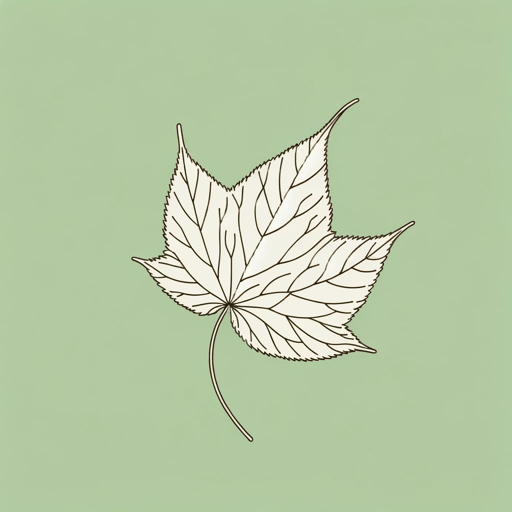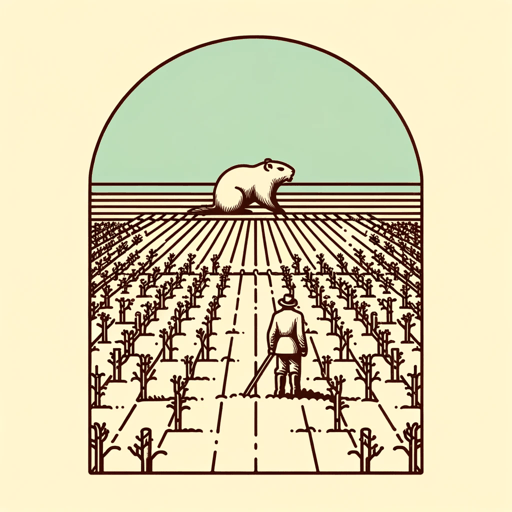17 pages • 34 minutes read
Maxine KuminIn the Park
Fiction | Poem | Adult | Published in 1989A modern alternative to SparkNotes and CliffsNotes, SuperSummary offers high-quality Study Guides with detailed chapter summaries and analysis of major themes, characters, and more.
Themes
The Preciousness of Existence
Death is the most prominent theme in Kumin’s “In the Park.” Introduced in the first two lines, the speaker establishes a popular tenant of Buddhism as related to what happens following one’s death: reincarnation. Rooted in the mysterious unknown, the poem recognizes that death (and what follows), regardless of who one is or what they believe in, is a surprise for everyone. While Kumin cites Buddhism in the second line, Kumin’s take on death isn’t necessarily tied to one religion. Rather, the poem explores death as a unifying event that all living beings partake in. This is exemplified in Stanza 2 with the story of Roscoe Black’s grizzly bear attack in Glacier National Park. Here, death is a heavy bear lying heart-to-heart on top of Black. Death seems imminent. Yet, the bear saunters off and Black lives.
As a theme, the preciousness of existence is repeatedly returned to. Stanza 3, which highlights the Old Testament’s characters and merging of worlds (the living and the afterlife; earth and the celestial), comments on what one knows about death through scripture or the past: “Heaven’s an airy Somewhere” (Line 23) and as for Hell, “little is made of it” (Line 25).


